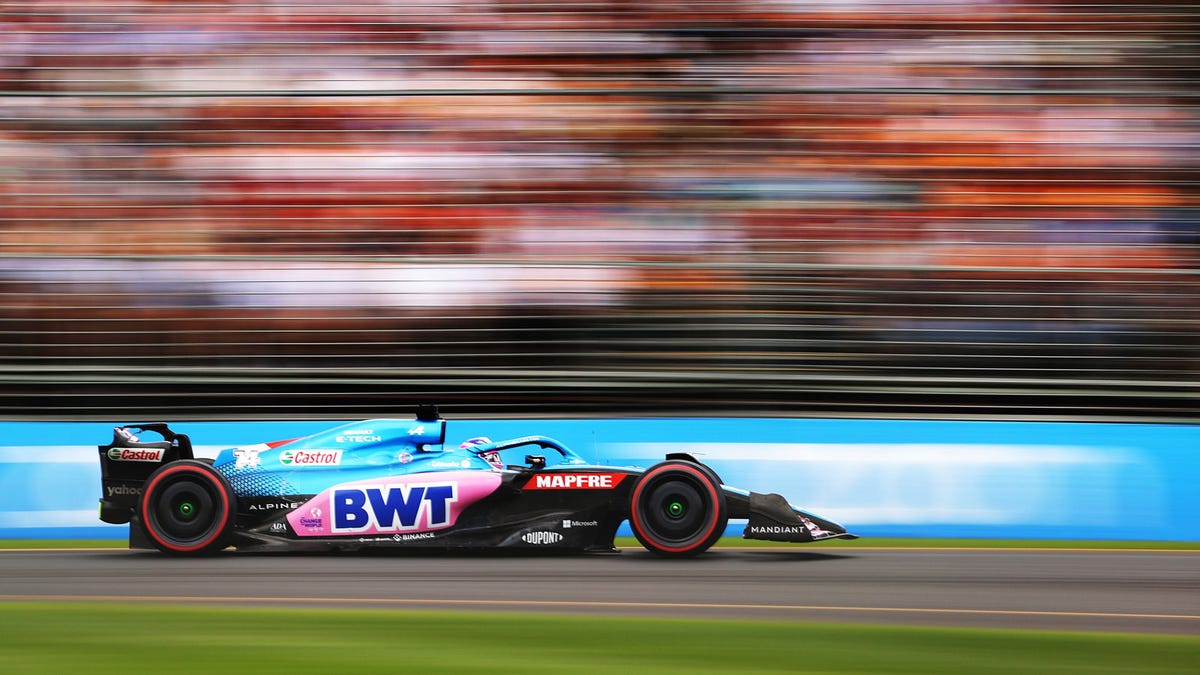Even F1 Cars Can Be Brought Down By A $2 Part

Was Alonso robbed of a great result this weekend? Photo: Robert Cianflone (Getty Images)
Formula 1 is all about marginal gains. Teams spend millions of dollars to eke out the finest improvements they can so that, come race day, they can challenge for the podium. But no matter how bulging your research and development budget is, something as simple as a $2 part can still mark your downfall.
F1 is usually regarded as the pinnacle of motorsport. Researchers, engineers and designers spend years developing creative designs, structures and components to fit to their cars. All with the sole aim of cutting down lap times.
Across the sport, we’re used to hearing about new wings worth hundreds of thousands of dollars, power units that can cost millions to develop, and complex floors that could be worth as much as the average road car.
But that doesn’t mean that every component on these space age cars is worth a small fortune. In fact, some of the most spectacular crashes and shocking disappointments across the sport can come down to the simplest of parts.
Which brings us nicely onto this weekend’s Australian Grand Prix and one Fernando Alonso.
This view would be better if Alonso was fighting for a podium. Photo: Mark Thompson (Getty Images)
On Saturday, Alonso and his Alpine teammate Esteban Ocon looked to be a formidable force around the updated Albert Park track. In fact, in Q2, Alonso posted the fifth fastest time and looked set for a good start come Sunday.
But, as is always the case, it’s all about the top-10 shootout in Q3 that decides the starting grid. And, during this final hurrah, Alonso was again on a blinder. He was consistently posting quick times and looked like a shoe in for a front row start in the race.
But, during his running, disaster struck. After lighting up the timings chart on his final run, he shot off the track and ended up in the wall. Not where he had hoped his session would end.
Following the crash, Alonso was obviously disappointed as the team confirmed that it was a failure of the car and not its driver.
According to The Race, Alpine has confirmed that the crash was caused by “an o-ring on an oil seal.”
Fernando Alonso: out of the fight. Photo: Mark Thompson (Getty Images)
The site said:
“‘It was an o-ring on an oil seal,’ Szafnauer replied when asked by The Race if Alpine had identified the exact issue.
“‘The o-ring threaded, the oil leaked out. We have a failsafe mode that tried to save the engine, so when you see a drop in oil pressure, the failsafe mode kicks in and that’s what happened. So the fix was an o-ring change’.”
If the part hadn’t failed, it’s easy to predict that Alonso could have ended up near the front of the grid. And, with Max Verstappen failing to finish the race, you could realistically suggest that a podium would have been in reach for the 40-year-old racer. In a year when every team is fighting for every point, this would have been an incredible result for Alpine.
So, you might be wondering what the cost of this failed part was to Alpine? Well, The Race predicts that it was “about £1.50” ($2) to fit a new o-ring to the car.
Imagine losing qualifying glory and a potential podium to a $2 part. That has to be a tough pill for Alonso to swallow.



